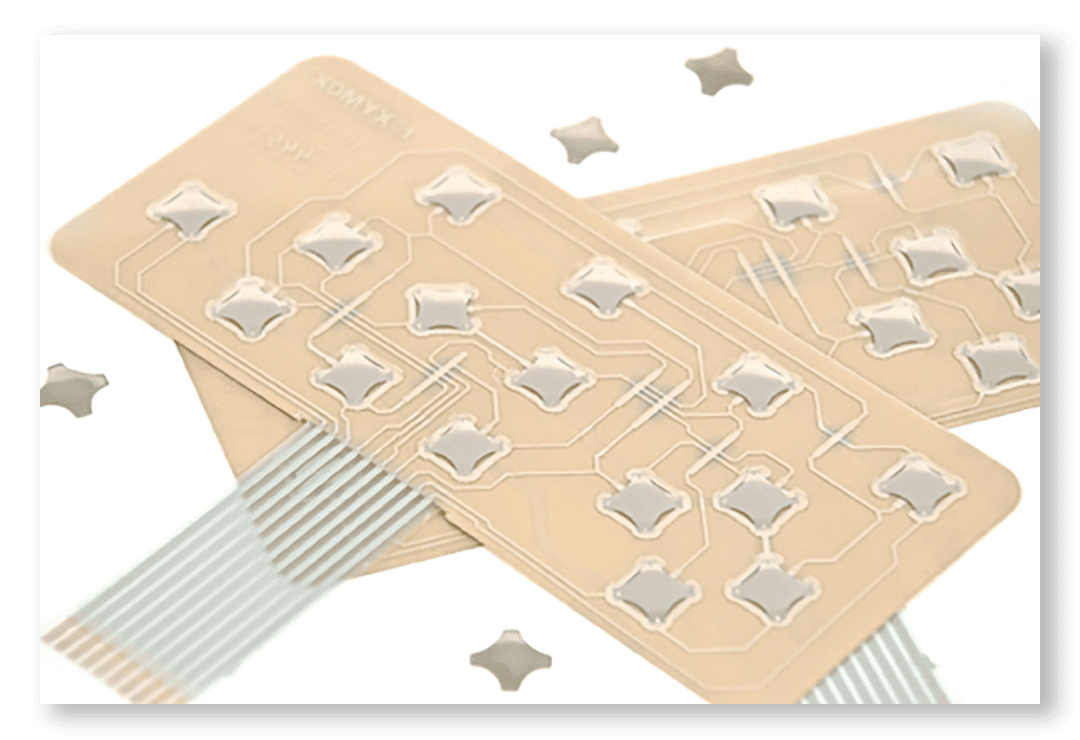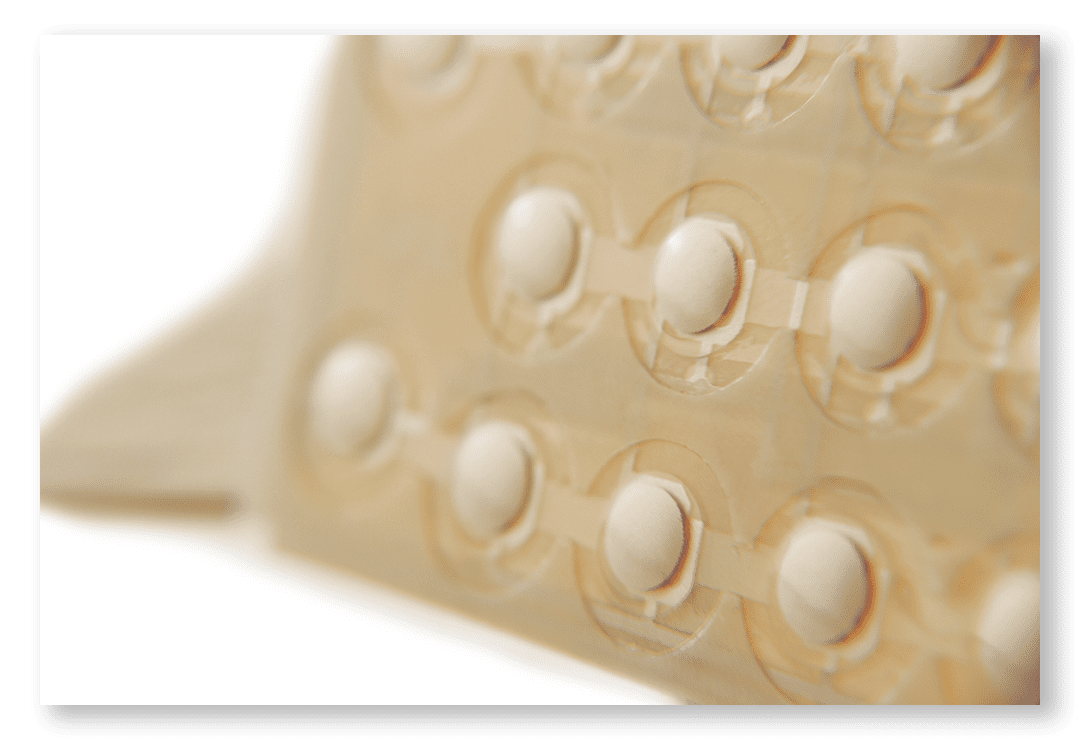You may or may not be wondering, “what is tactile and non-tactile?” – good question, let’s start there. Tactile, tactile feel, or tactile feedback is a touch sensation developed or added to enhance the user experience. Tactile sensations in touch sensors are often referred to as haptic feedback; it is that tiny vibration you feel when touching the sensor, that is programmed in. For this blog post, we will be focusing specifically on membrane switches and why someone may (or may not) choose to include tactile domes to their interface.
Tactile feedback is known for its ability to enhance the user experience – that crisp snap feel you get when you push a button! This helps the user to confidently know the button was pushed, and is typically achieved through metal domes or formed polyester domes.


User experience is key so you may be thinking, why would anyone choose a non-tactile design for their application? Another great question, there are actually a number of reasons. A membrane switch without tactile feedback is also known as a “flat switch”; you’ve seen flat switches everywhere, microwaves, gas stations, hot tubs, etc. For applications with extremely high usage, a flat switch lengthens the life – typically they can last 40-50 million cycles (aka how many times the button can be pushed before the circuit begins to fail). A switch with tactile, the life span is reduced to about 1 million cycles.
High temperature applications are better suited with a flat switch for two reasons:
- metal domes could be hot to the touch and the graphic overlay would not diffuse the heat
- polyester domes would lose their shape and fall flat
If the end user is wearing gloves, the crisp snap of a tactile dome might not even be felt, thus leaving the feature unappreciated. Lastly, metal domes, and the added layers and assembly steps would increase the cost of the membrane switch.
